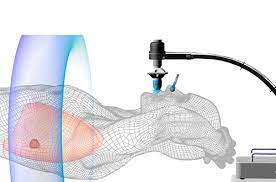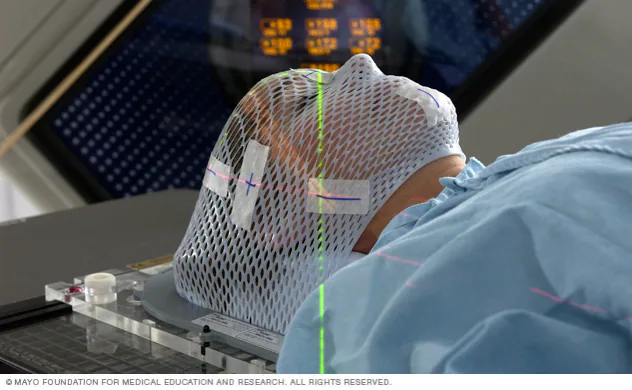Cancers We Treat
- Home
- Proton & Radiotherapy
- Cancers We Treat
Breast Cancer
Radiotherapy plays a crucial role in the treatment of breast cancer by using high-dose radiation to target and destroy cancer cells.
Find out more about radiotherapy after neoadjuvant chemotherapy.
Find out more about radiotherapy to the regional lymph nodes.


Head And Neck Cancer
In head and neck cancer, radiotherapy is a key treatment modality used to target and destroy cancer cells. It can be applied as a primary treatment or in combination with surgery and/or chemotherapy.
Find out more about radiotherapy after neoadjuvant chemotherapy.
Find out about options for locally recurrent nasopharyngeal carcinoma.
Find out more about Human Papilloma Virus related oral cancers.
Lung Cancer
In lung cancer, radiotherapy can be given as ablative steoreotactic body radiotherapy for small tumours, or as external beam radiotherapy ( IMRT. VMAT or proton beam) for unresectable cancers.


Sarcoma
Sarcomas are cancers that originate from cells that are responsible for forming soft tissue. These cancers are diverse and range from muscles, to bones, to vessels.
Childhood Cancers
In pediatric cancer treatment, radiotherapy is often employed as part of a multimodal approach. However, its use in pediatrics requires careful consideration due to potential long-term side effects on developing tissues. Proton therapy is useful to minimize side effects in developing tissues.


Esophageal Cancer
Esophageal cancers can be either squamous cell or adenocarcinoma. The latter tends to arise from the lower esophagus and requires multimodality treatment. For squamous cell carcinoma, cure with chemoradiotherapy is possible.
Endometrial Cancers
Radiotherapy plays a role in the treatment of endometrial cancer by targeting and eliminating cancer cells in the uterus. It is typically used after surgery (such as hysterectomy) to reduce the risk of cancer recurrence, particularly in cases with adverse pathological features. External beam radiotherapy or brachytherapy (internal radiation) may be employed based on the extent and characteristics of the disease. Chemotherapy is added in node positive or high risk patients for systemic control. Radiotherapy is valuable in providing local control.


Rectal Cancer
Radiotherapy is a vital component in the management of locally advanced rectal cancer, often used before surgery (neoadjuvant) to shrink tumors, making them more surgically removable. This approach aims to reduce the risk of recurrence. Additionally, radiotherapy may be employed as the primary treatment for inoperable cases.
Urological Cancers
Radiotherapy can be curative for several urological cancers including prostate cancer and bladder cancer. New evidence suggests that it can even be used for kidney cancer. Radiotherapy can be delivered using volumetric modulated arc therapy (VMAT), intensity modulated radiotherapy (IMRT), Stereotactic body radiotherapy (SBRT) or intensity modulated proton therapy (IMPT). Click on the following to read more about:
Prostate Cancer
Bladder Cancer
Kidney Cancer


Brain Tumours
Radiotherapy is a crucial component in the treatment of brain cancer, aiming to target and destroy cancer cells within the brain. It can be used as a primary treatment for certain brain tumors or in combination with surgery and chemotherapy. Additionally, radiotherapy can be used palliatively to alleviate symptoms and improve the quality of life for patients with advanced or inoperable brain cancer.
For metastases from other sites, stereotactic radiosurgery can safely eradicate small tumours.
To find out more about the different types of gliomas, click here.
Liver Cancer
Due to the liver’s sensitivity to radiation, highly precise technologies like stereotactic body radiotherapy and proton beam therapy should be used. Stereotactic body radiotherapy is more commonly used in the treatment of liver metastases from other cancers. In inoperable hepatocellular carcinoma (HCC), the use of proton radiotherapy is often determined on a case-by-case basis, considering factors such as tumor size, location, and the patient’s overall health. Many centers have reported high control rates for inoperable HCCs with proton therapy.





